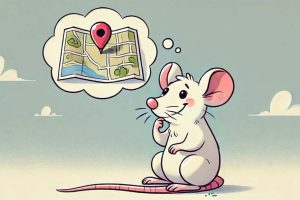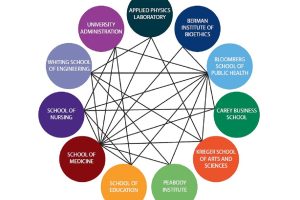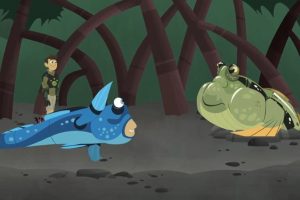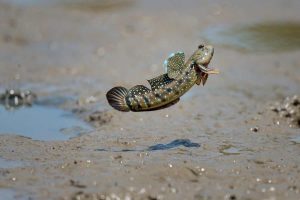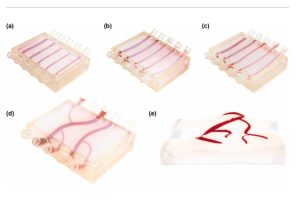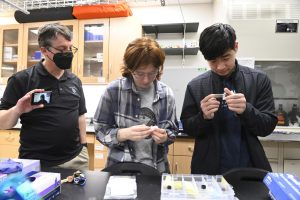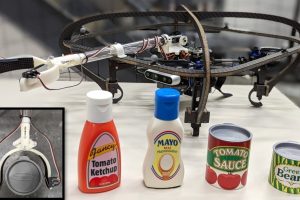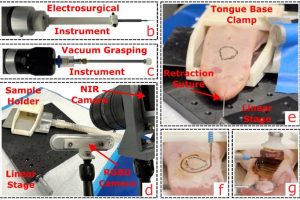Recent News
-

Fish act similar to cycling peloton to decrease resistance, improve efficiency
-

Johns Hopkins team discovers visual motion clues alone help recalibrate your brain's internal GPS
-

Gayme, Hur, Nguyen, Sun involved with interdisciplinary research groups from across JHU
-

“A Fish Out of Water,” featuring team’s mudskipper and robotics research, now streaming
-

Once a day, Divya Ramesh and her colleagues drop fish food into the aquariums in their lab, feeding a menagerie of three unusual species: the ropefish, bichir, and mudskipper. All…
-

Prototype is thought to be the first to feature replica of vascular network
-

Students are learning the ins and outs of the Venusian atmosphere and building a sensor for NASA's DAVINCI+ mission, thanks to the vision of APL planetary scientist Noam Izenberg and a small team of faculty experts
-

Model developed by Hopkins engineers could guide treatment plans
-

MechE professor and interim co-director of the JHU Data Science and AI Institute spoke with 555 Penn about how he's using AI tools and why we need AI regulation
-

Novel UAV platform combines custom hardware and neural networks for better pick-and-place operations
-

“We’ve sent the robot to make an incision before, but this is the first time we’ve done a bulk resection and taken a tumor out fully."

